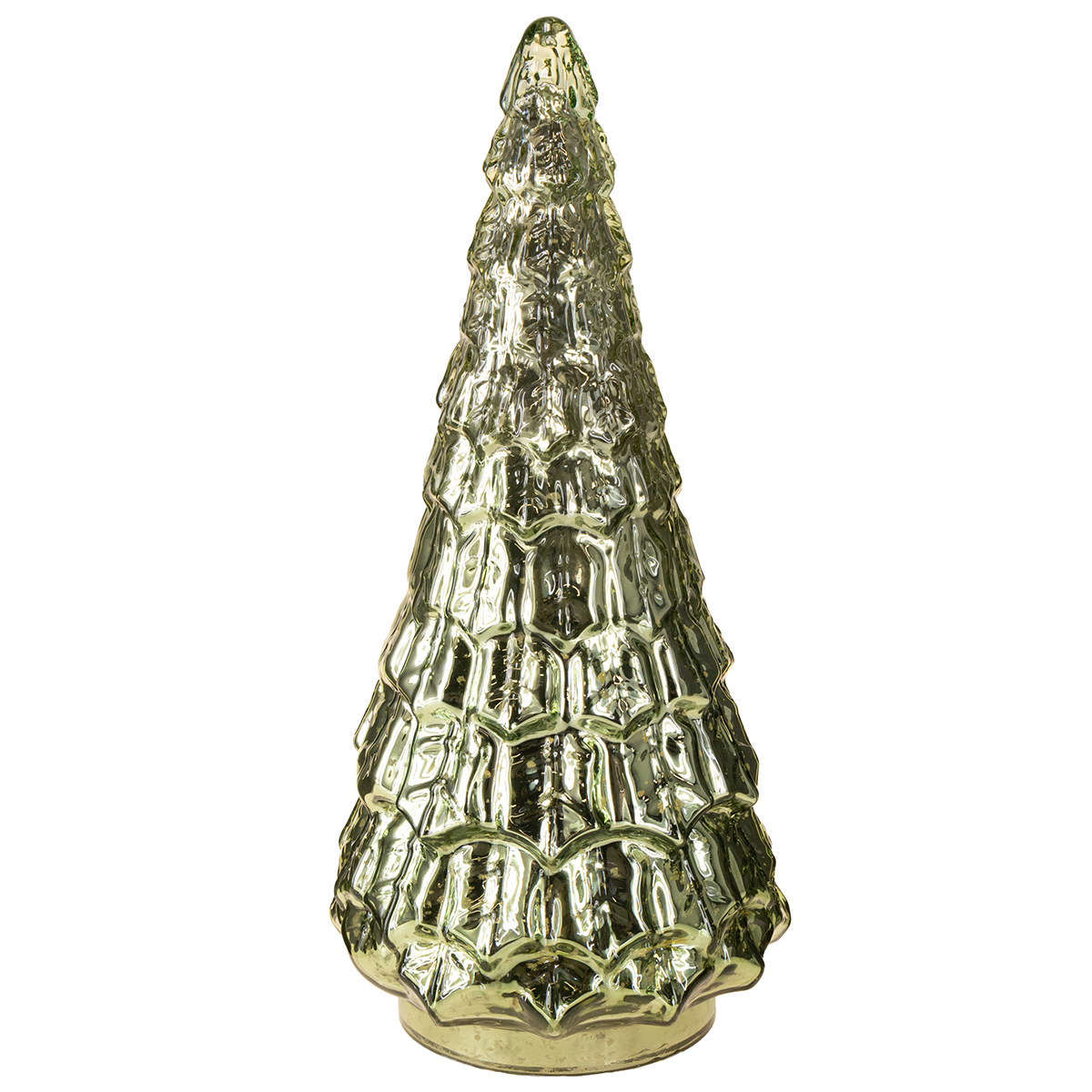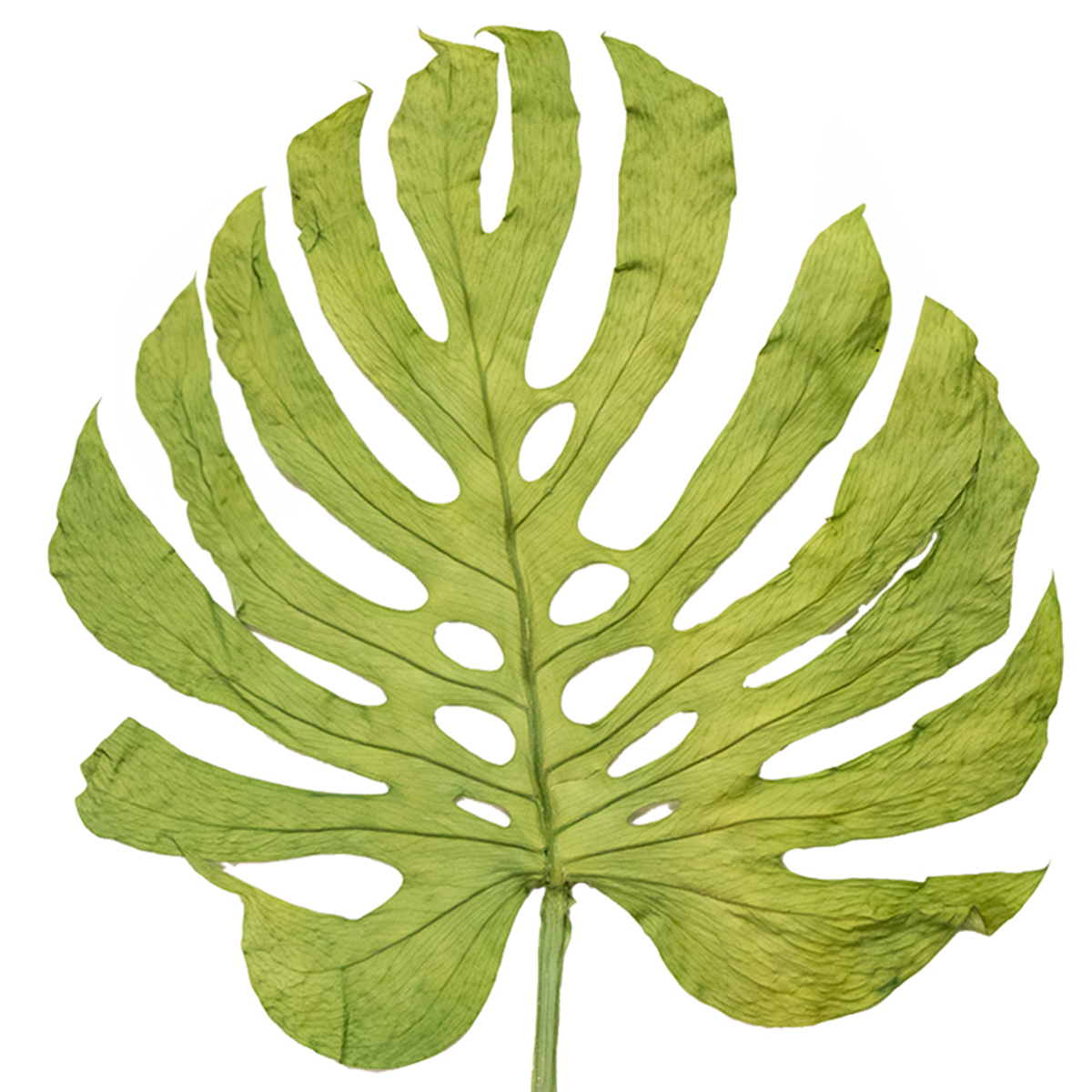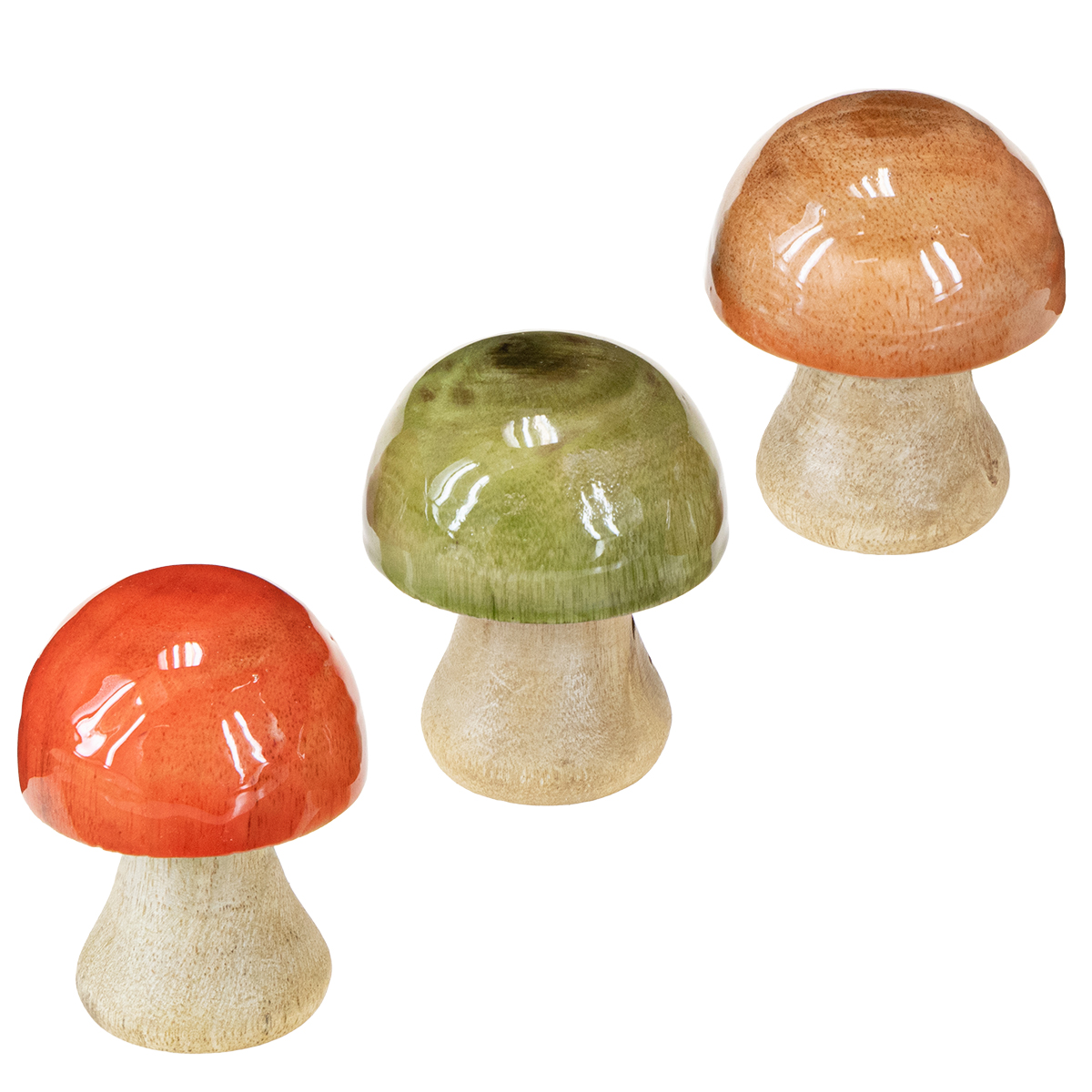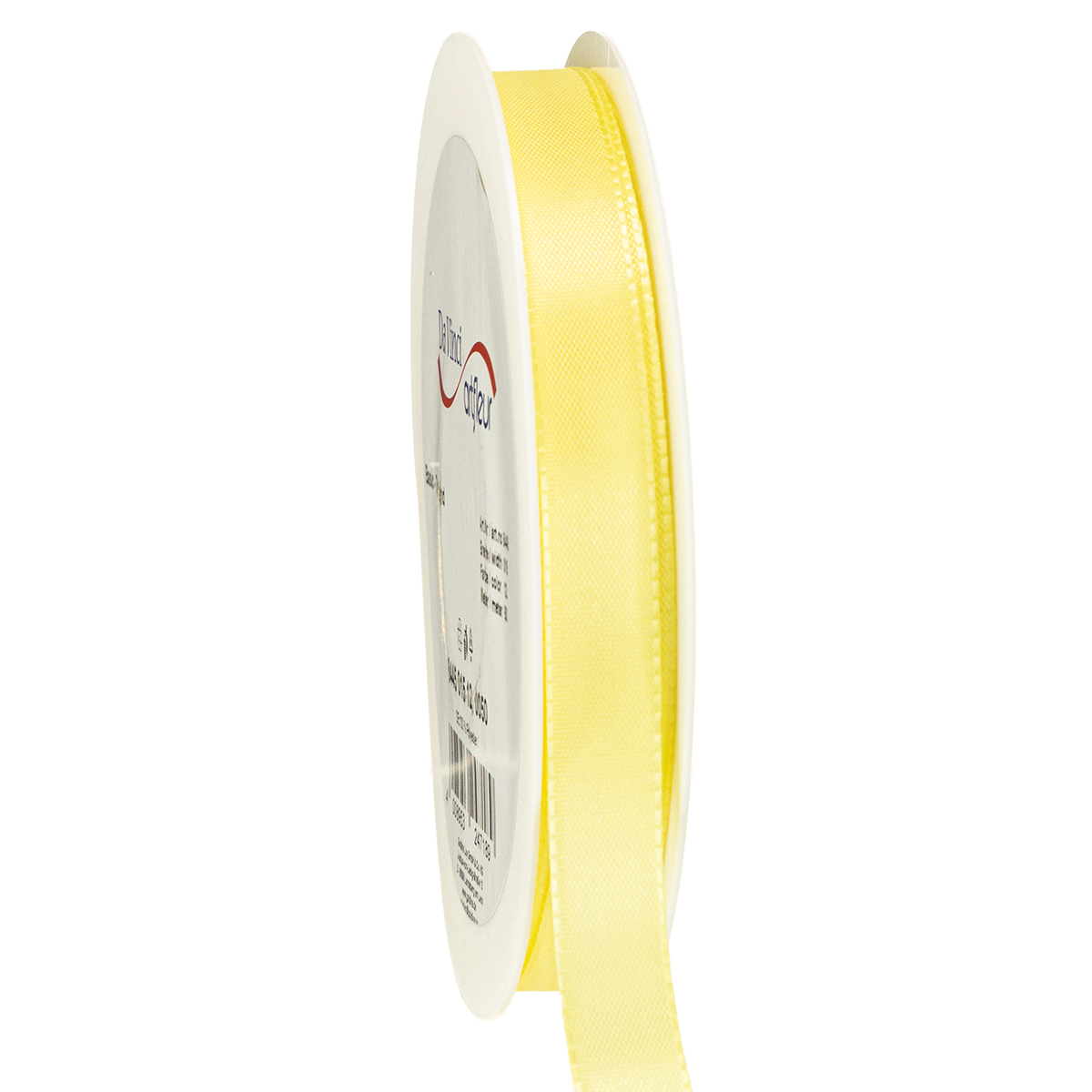zinc bucket
![]() As a zinc bucket, a particularly stable bucket made of the metal of the same name is used, which is often used as a planting and pouring vessel in the field of horticulture. A zinc bucket is particularly robust and can also stand in free gardens, without quickly corroding. Optically, customers in the trade have the choice between glossy variants in an untreated, metallic look and colored models, which were covered with environmentally friendly glazes before distribution and can thus go into the individual design of a garden. All zinc buckets are sold with a handle, so that when using the bucket as a planter easy transportation is maintained. In addition, the zinc bucket is also often used as a reservoir for rainwater, in order to collect natural irrigation water and to release it to the garden in dry times. The sturdy and industrially easy-to-use material zinc can not be found in modern horticulture alone with zinc buckets, but is also a popular choice for watering cans or decorative objects that are to aesthetically enrich the garden. For larger plantings, larger zinc vessels offer the appearance of gutters, which even provide a place for plants over several meters away. Zinc buckets and other, decorative and practical objects made of zinc can be purchased in the online assortment of floristik21.de.
As a zinc bucket, a particularly stable bucket made of the metal of the same name is used, which is often used as a planting and pouring vessel in the field of horticulture. A zinc bucket is particularly robust and can also stand in free gardens, without quickly corroding. Optically, customers in the trade have the choice between glossy variants in an untreated, metallic look and colored models, which were covered with environmentally friendly glazes before distribution and can thus go into the individual design of a garden. All zinc buckets are sold with a handle, so that when using the bucket as a planter easy transportation is maintained. In addition, the zinc bucket is also often used as a reservoir for rainwater, in order to collect natural irrigation water and to release it to the garden in dry times. The sturdy and industrially easy-to-use material zinc can not be found in modern horticulture alone with zinc buckets, but is also a popular choice for watering cans or decorative objects that are to aesthetically enrich the garden. For larger plantings, larger zinc vessels offer the appearance of gutters, which even provide a place for plants over several meters away. Zinc buckets and other, decorative and practical objects made of zinc can be purchased in the online assortment of floristik21.de.



